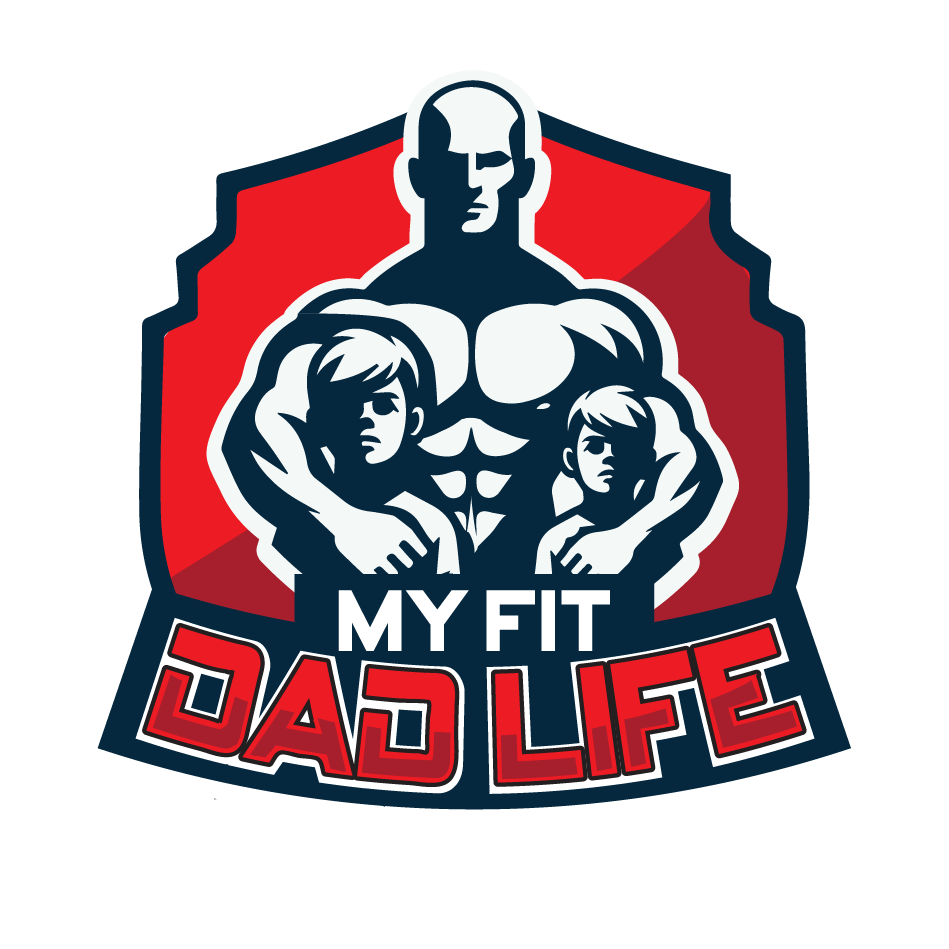For as long as I can remember—at least 20 years—I’ve struggled with digestive issues. I’ve tried everything from strict Paleo to elimination diets, and while some approaches helped, none fully resolved the problem.
Most recently, I gave the low FODMAP diet a shot, hoping it would be the missing piece. Spoiler: it wasn’t. But before I get into that, let’s talk about what FODMAPs actually are.
What is the Low FODMAP Diet?
FODMAP stands for Fermentable Oligo-, Di-, and Mono-saccharides And Polyols—a mouthful, both in name and digestion. These are short-chain carbohydrates and sugar alcohols that aren’t fully absorbed in the small intestine.
For many people with IBS, bloating, or digestive discomfort, FODMAPs can cause issues because they:
- Pass through the digestive tract undigested
- Draw water into the intestines, leading to bloating and cramping
- Ferment in the gut, causing gas, burping, and discomfort
- Trigger symptoms like constipation or diarrhea
Because of this, the low FODMAP diet is often recommended to people with IBS and gut sensitivity to help identify which foods may be causing problems.
Which Foods Are High in FODMAPs?
FODMAPs are found in a lot of foods, including:
- Dairy – Milk, soft cheeses, yogurt
- Fruits – Apples, pears, cherries, watermelon, mango, stone fruits
- Vegetables – Garlic, onions, asparagus, mushrooms, cabbage, artichokes
- Grains – Wheat, rye, barley, spelt
- Legumes – Soybeans, black beans, kidney beans, chickpeas
- Sweeteners & Additives – Honey, agave, xylitol, inulin, chicory root
This is just a short list, but there are plenty of resources online for those wanting to give the low FODMAP diet a try.
Did It Work for Me?
Long and short of it, no, it didn’t. While I noticed some minor improvements at times, it didn’t fully resolve my digestive issues. After years of trial and error, I’ve realized that my body reacts most negatively to processed foods, wheat, dairy, and seed oils.
So instead of continuing with FODMAPs, I’m going back to what has worked best for me: a Paleo-ish diet.
My Next Step: Paleo-Inspired Eating
Instead of following a strict diet label, I’m focusing on clean eating and keeping foods that I know my body tolerates well. This means:
✅ Lean meats
✅ Fruits & vegetables
✅ Nuts & seeds
✅ Oats, rice, and quinoa
✅ Yogurt (one of the few dairy foods that works for me)
There’s no catchy name for this way of eating—just real, whole foods that don’t wreck my gut. I’ll adjust as needed and see how things go from here.
Final Thoughts
The low FODMAP diet may work for some people, but for me, it wasn’t the answer. I’ve learned that sticking to whole, unprocessed foods while avoiding common triggers like processed oils, wheat, and dairy is what works best for my body.
If you’re struggling with gut issues, it’s worth experimenting with different diets like FODMAP, Paleo, or elimination protocols to see what works for you. Everyone’s gut is different, and sometimes, the best approach is a personalized one.






